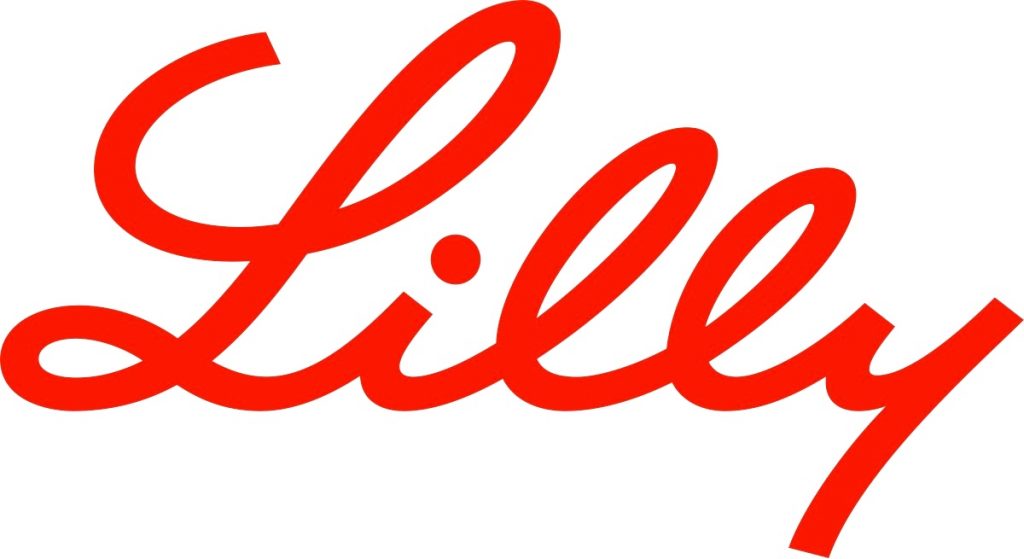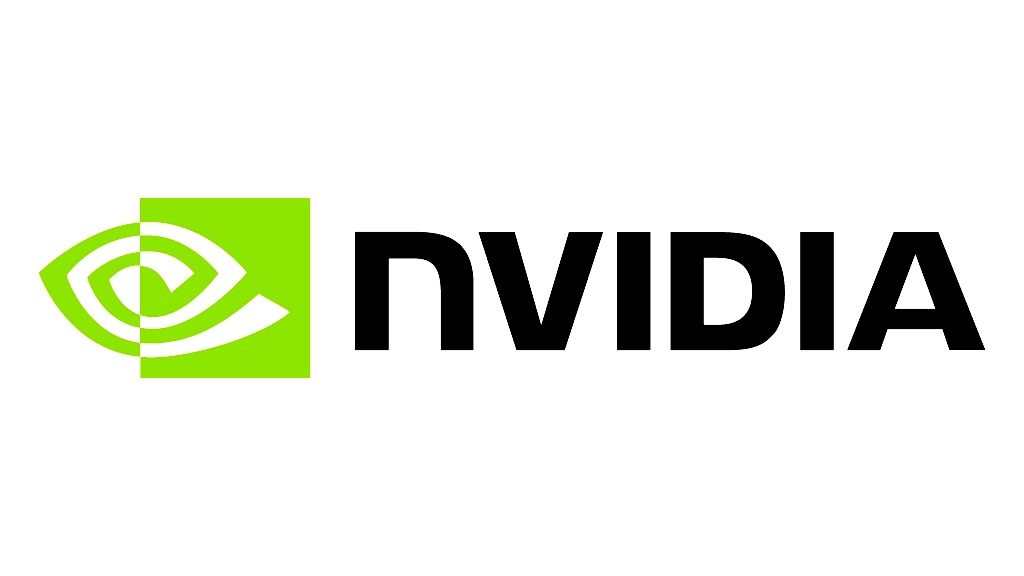Eli Lilly announced Tuesday a groundbreaking partnership with Nvidia to build the pharmaceutical industry’s most powerful AI-driven supercomputer. The system, equipped with more than 1,000 Nvidia Blackwell Ultra GPUs, aims to dramatically reduce the standard decade-long drug development cycle and will begin operations in January 2026.
The announcement represents one of the most significant infrastructure investments in AI-powered pharmaceutical research. While tech companies have built massive AI compute clusters for large language models, pharmaceutical firms have lagged in deploying comparable resources. Lilly’s commitment signals that drug discovery may be entering an arms race for computational power similar to what transformed the AI industry.

Unprecedented Scale and Technical Architecture
The supercomputer represents the world’s first NVIDIA DGX SuperPOD with DGX B300 systems, running on more than 1,000 B300 GPUs in a unified network infrastructure. This significantly exceeds previous pharmaceutical computational systems, including Recursion Pharmaceuticals’ BioHive-2 system, which ranks 35th globally with 504 H100 GPUs. Lilly plans to complete construction by December 2025, with the system operating on 100% renewable electricity.
“I don’t think any other company in our industry is doing what we’re doing at this scale,” said Diogo Rau, Lilly’s Executive Vice President and Chief Information and Digital Officer. The supercomputer will power an “AI factory”—specialized computing infrastructure managing the entire AI lifecycle from data ingestion and training through high-performance inference.
TuneLab Platform Expands Industry Access
The supercomputer will support Lilly’s TuneLab platform, launched in September 2025, which provides biotechnology companies access to AI models trained on over $1 billion worth of Lilly’s research data. The platform uses federated learning technology, allowing companies to leverage Lilly’s AI capabilities without directly sharing proprietary data.
According to BioPharma Dive, approximately a dozen startups have joined TuneLab, including Circle Pharma, Insitro, Firefly Bio, and Superluminal Medicines. This collaborative approach marks a departure from traditional pharmaceutical behavior where companies jealously guarded research data. The federated learning architecture solves a critical challenge—smaller biotech companies lack resources to generate training datasets comparable to major pharmaceutical companies, but can now benefit from Lilly’s data without actually accessing it.
Market Growth and Competitive Dynamics
The AI drug discovery market is experiencing explosive growth, with Global Market Insights projecting expansion from $4.6 billion in 2025 to $49.5 billion by 2034 at a 30.1% compound annual growth rate. AI-designed drugs show 80-90% success rates in Phase I trials compared to 40-65% for traditional approaches, representing the core value proposition driving pharmaceutical AI investment.
Lilly’s supercomputer represents a significant competitive move that will likely force responses from other major pharmaceutical companies. Recursion Pharmaceuticals, previously holding the pharmaceutical industry’s largest AI compute installation, now faces a competitor with roughly double its GPU count. The investment signals Lilly’s belief that drug discovery AI requires substantially more computational resources than the industry has historically deployed.

Challenges and Timeline to Impact
Despite optimistic projections, AI-powered drug discovery faces substantial challenges. Biological systems exhibit extraordinary complexity that even powerful AI models struggle to fully capture. The 80-90% Phase I success rate, while impressive, still means 10-20% fail even after AI optimization, and later trial phases typically show much higher failure rates.
The January 2026 operational start means Lilly’s supercomputer should begin contributing to drug discovery programs within months. However, demonstrating concrete value will require years, as drug candidates must progress through preclinical testing, Phase I, II, and III trials, and regulatory approval—typically spanning 5-10 years even with accelerated timelines.
Lilly’s bold bet on AI supercomputing either presages a new era of computationally-driven drug discovery or becomes a cautionary tale about overapplying technological solutions to biological complexity. Which outcome emerges will become clearer over the next several years as molecules designed using this system progress through clinical development.




Post a comment